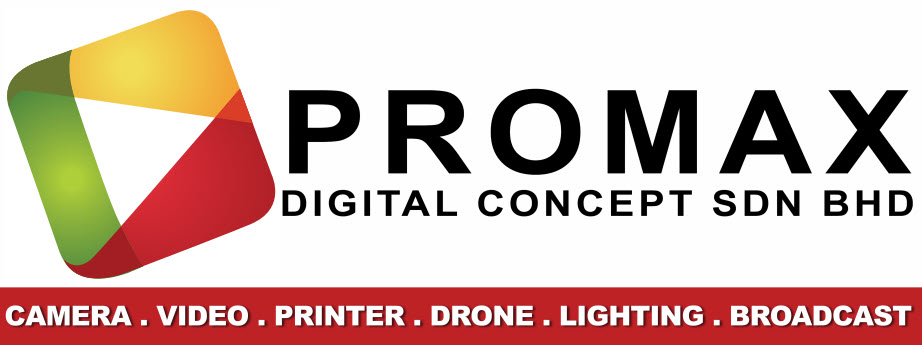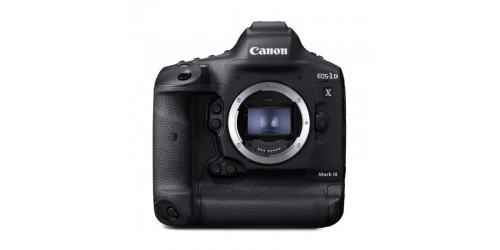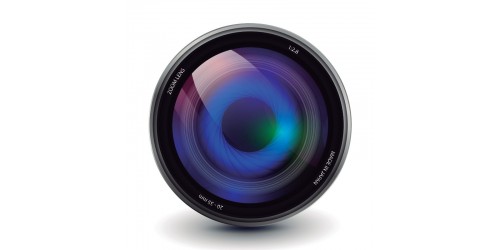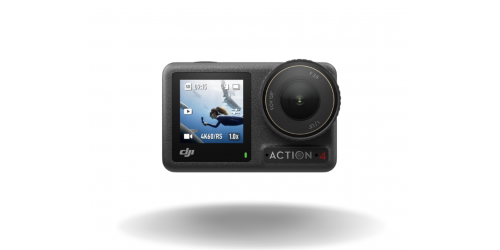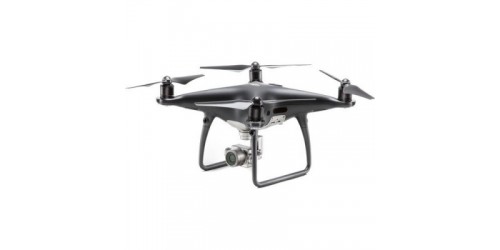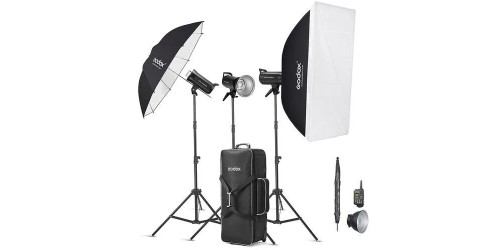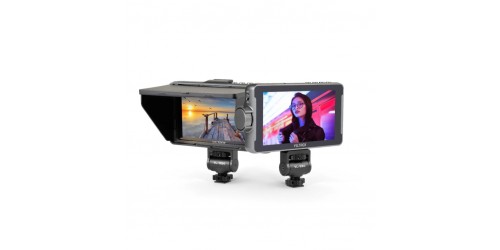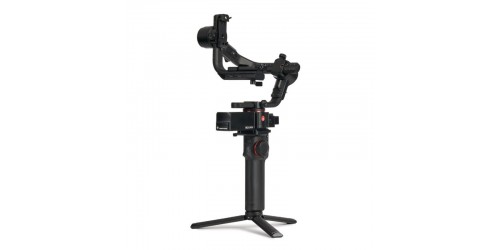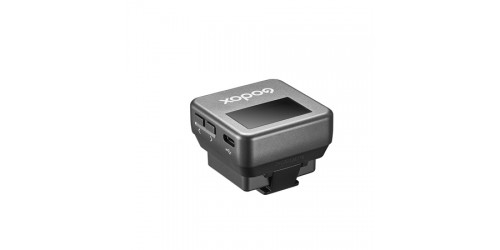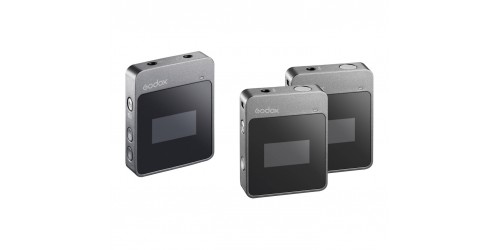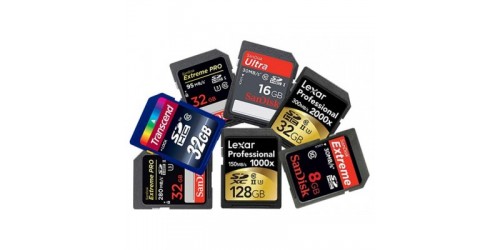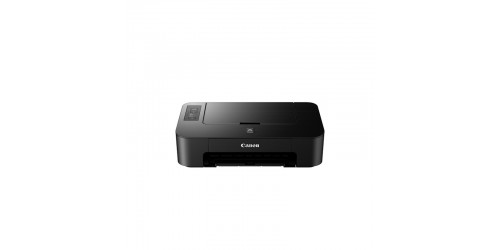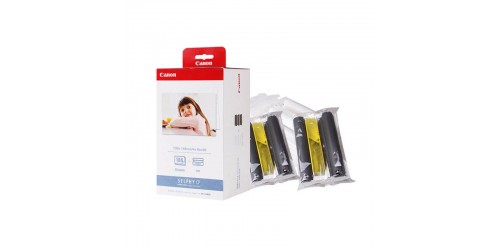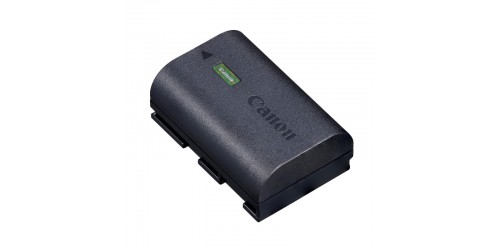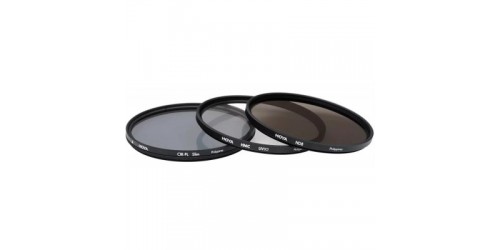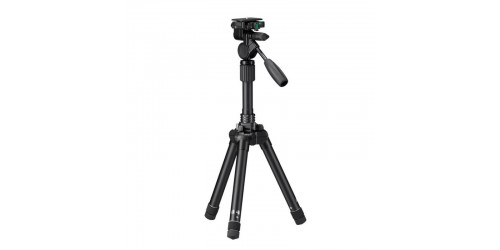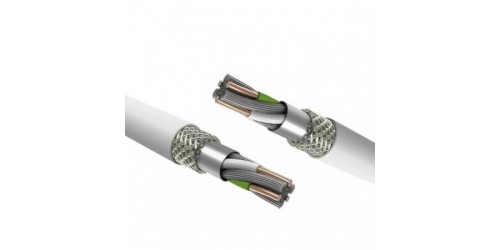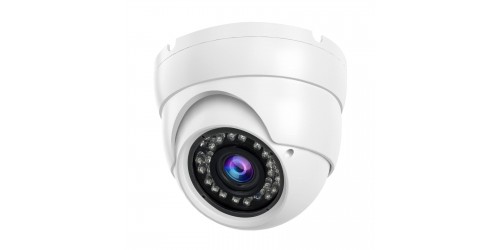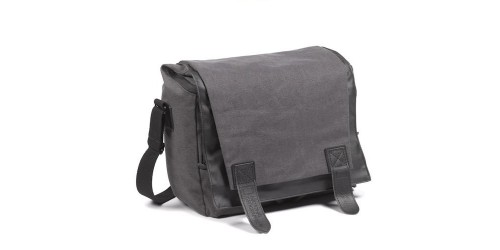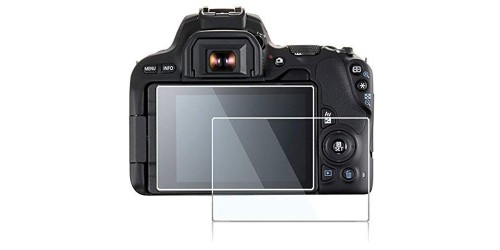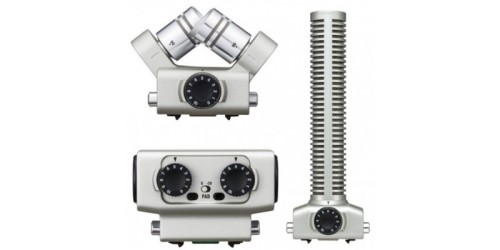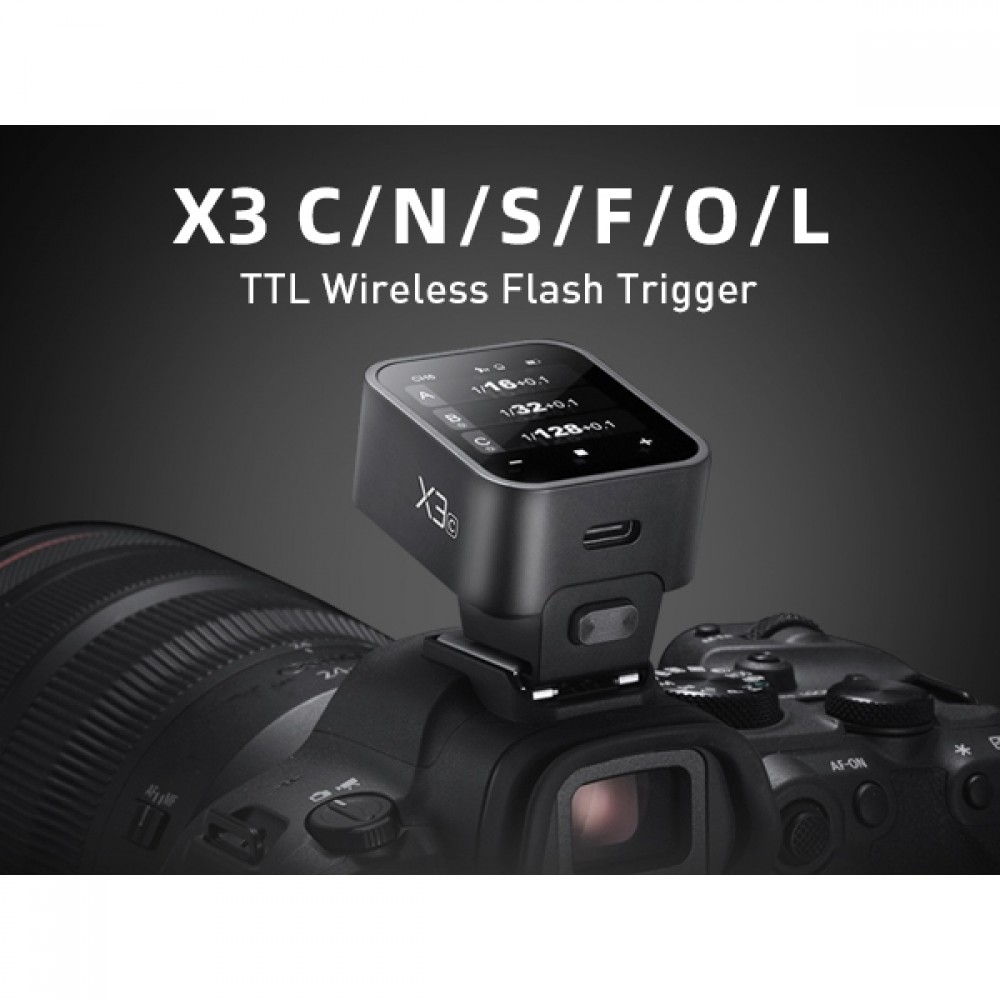
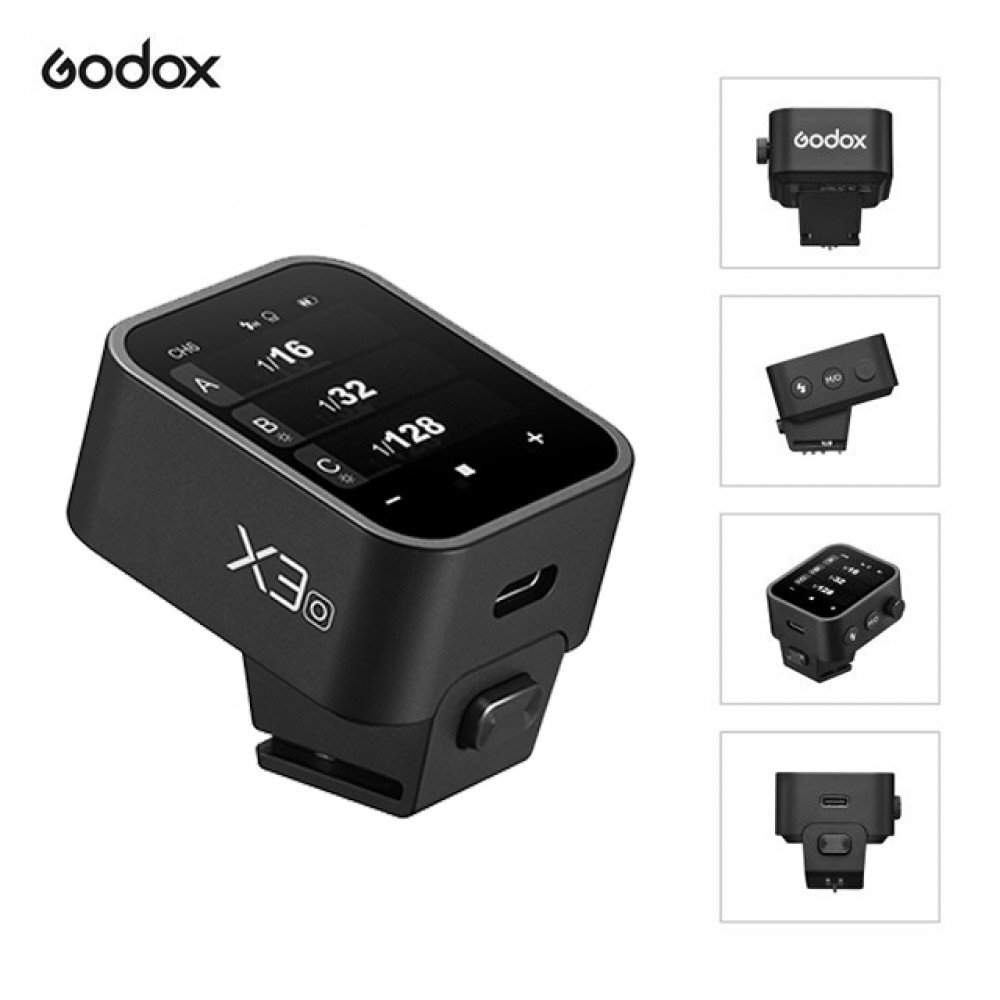
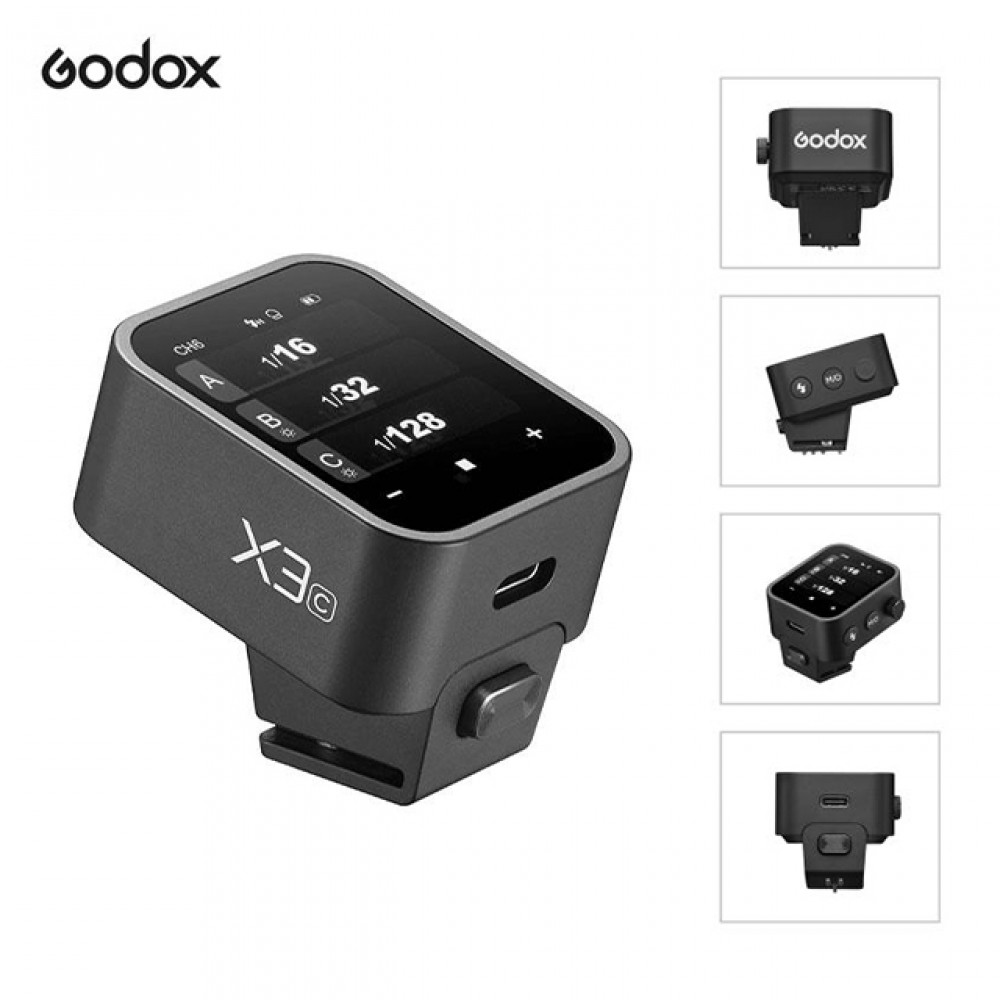
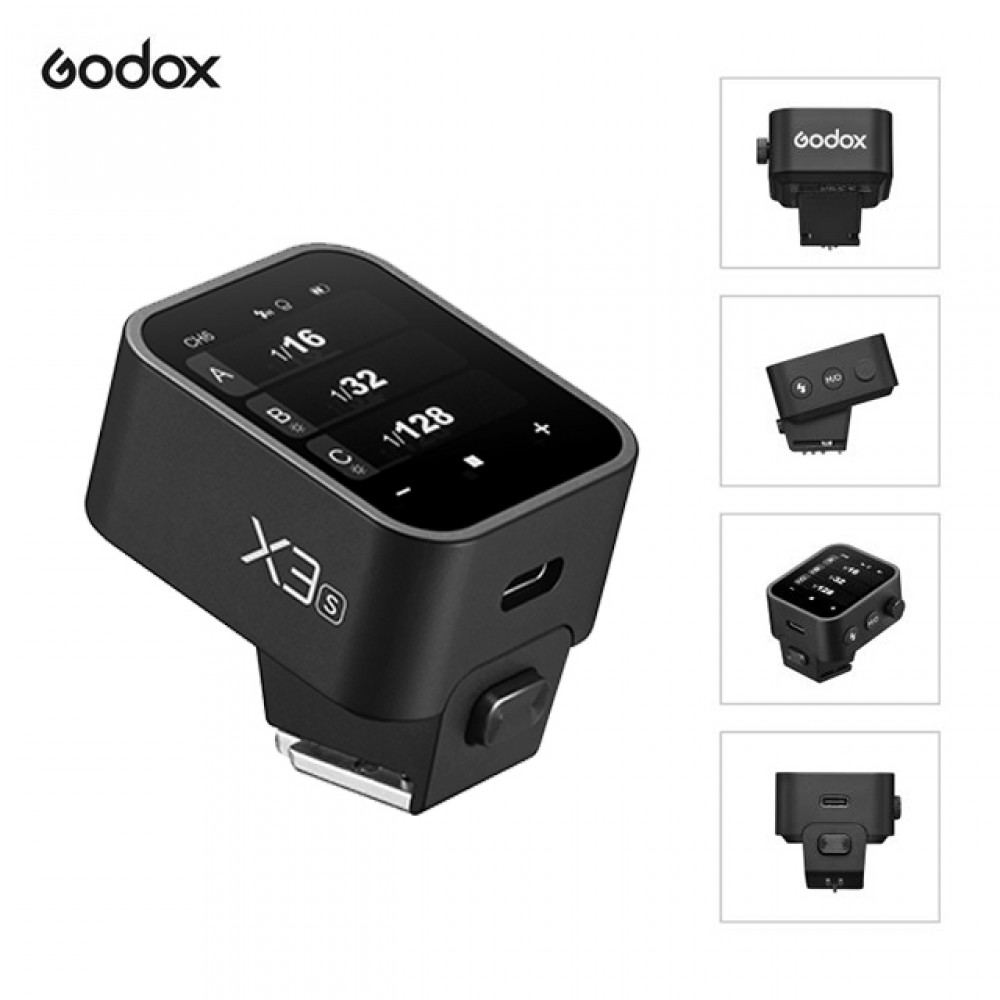
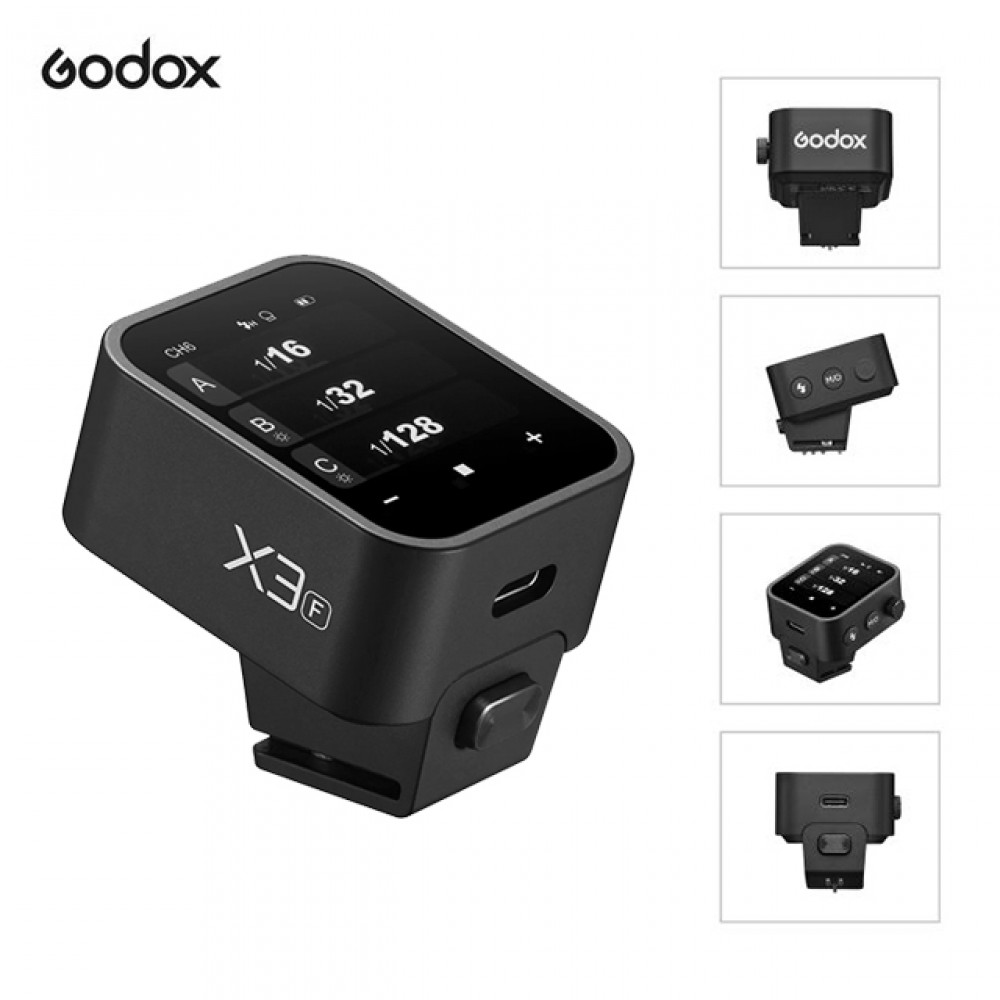
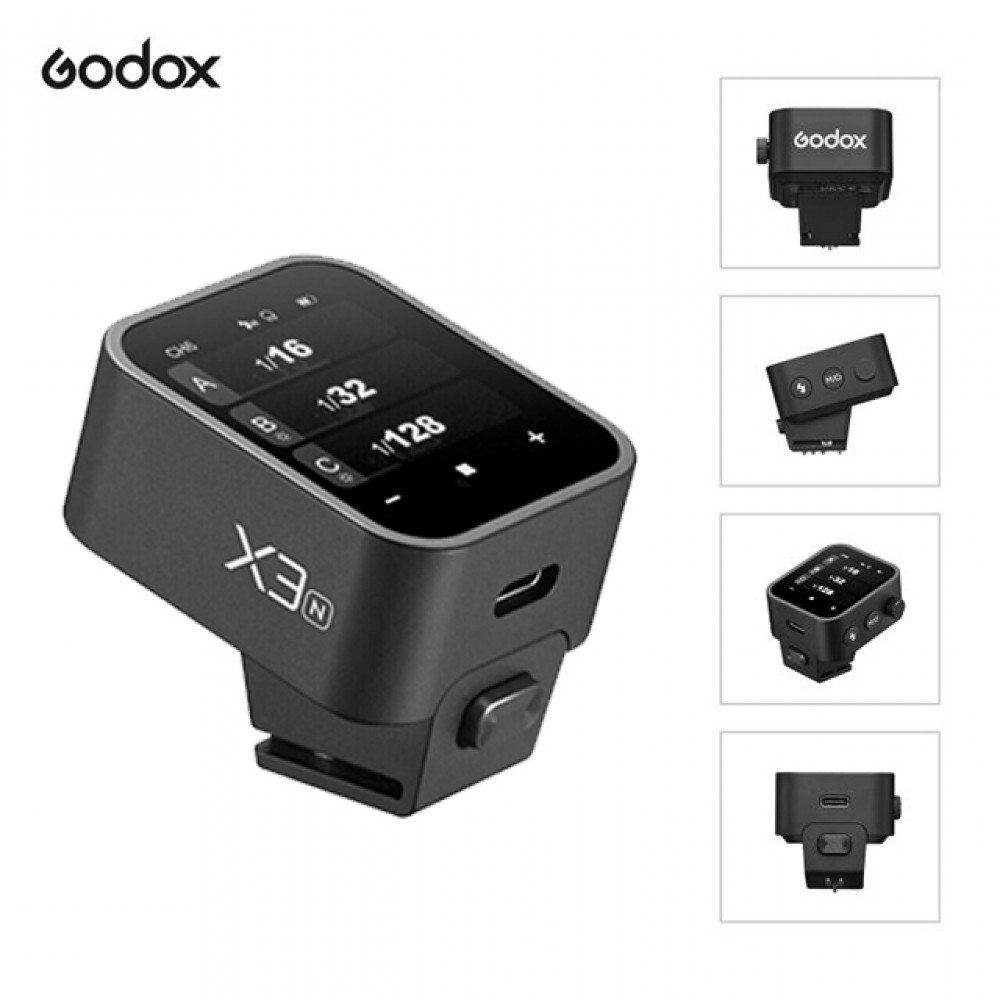


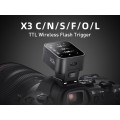
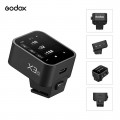
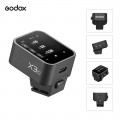
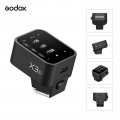

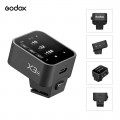


- Stock: In Stock
- Brand: GODOX
- Model: GODOX X3
- SKU: GODOX X3 ( Fuji , Sony , Nikon , Olympus , Canon )
The Godox X3 is a premium flash trigger, with a crystal clear OLED touchscreen and minimalist design. But does this trigger have the brains to match the beauty? In this review, I'll test the X3 versus Godox's previous flagship trigger and help you figure out which option is best for your flash kit.
The X wireless system is a 2.4 GHz RF protocol, and it's built into many Godox flashes. All the most popular models from Godox, like the V1, AD200, AD300, AD600, V860, and others, are compatible right out of the box. When using the brand-compatible trigger, like the S model with a Sony camera or N with Nikon, you also get access to each brand's TTL implementation. The RF setup is also easy, with support for 32 channels, 6 groups per channel, and a further 99 wireless ID settings. Godox supports channel scanning to find an empty channel, as well as the upcoming addition of Wireless Sync via flash firmware updates.
The X3 is very compact, taking up significantly less space and weight. The X3 saves all this space through a few optimizations: moving from AA batteries to a rechargeable lithium battery, moving many controls into the gorgeous touchscreen OLED, and reducing the size of the screen overall. For reference, the whole X3 trigger weighs as much as just the batteries for the X Pro II.
The OLED display is very clear, with excellent contrast and good brightness. I had no problem using the trigger in full sunlight or in a darkened studio.
The X3 has been rock solid in use. The X system is wireless, so unlike infrared or optical slave systems, you'll get consistent triggering within the range (328 feet or 100m). In crowded RF environments, I didn't run into any issues. When working with multiple photographers using the system, make sure to avoid conflicting channels to ensure consistent results. Max range testing in open spaces matched up with the 300+ feet listed, but this range will be reduced in the presence of thick walls or large metal structures, as will any RF system.
The X3 represents a new standard for Godox. I've always enjoyed using their products in the past, as they delivered great features and very strong value for the money. The X3, however, retains that value while elevating the build quality and feel to a premium level. The OLED display, UI, and snappy interface feel like they belong in a product from a far higher price point. Even the included case is well built, with a custom cutout, foam padding, and snazzy contrast zipper pull. I was surprised to find out that this module is at the same retail price as the older X Pro II trigger.
For most photographers, the single biggest consideration around a trigger will be reliable triggering and good compatibility. The X3 nails both points. Like previous X system products, it works reliably in all the scenarios I've tried, and supports a wide range of cameras and strobes.
Coming in at a smaller size, with a better-feeling UI, I'd recommend the X3 to most users over the X Pro II. Studio photographers who'd use the extra wireless functionality or the single-point trigger mode will still want the X Pro II. Some also may prefer the X Pro II's use of AA batteries or clickwheel and button interface.
